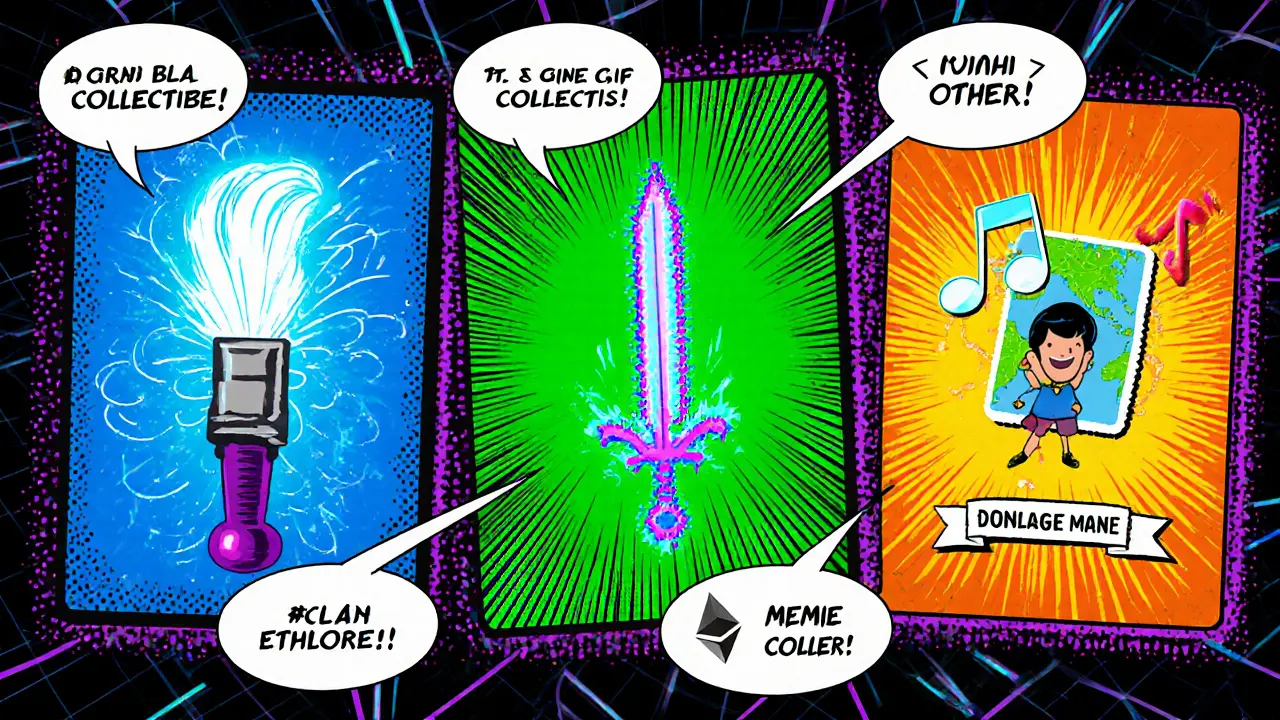NFT Digital Art Collectibles: Everything You Need to Know
When diving into NFT digital art collectibles, unique digital assets stored on a blockchain that represent ownership of visual artwork. Also known as NFT collectibles, they let creators sell scarce pieces directly to fans. These tokens encompass tokenized artwork, require a crypto wallet, software or hardware that holds private keys for signing transactions, and benefit from a blockchain, a distributed ledger that guarantees authenticity and provenance. An airdrop, a distribution of free tokens to eligible community members can suddenly boost demand for a new art series, showing how token economics shape collector behavior. Finally, the underlying digital art, visual creations made with software, often shared as image files or animations gains a verifiable scarcity that traditional files lack.
How to Start Collecting and What to Watch
Getting your first piece is easier than you think. Open a reputable crypto wallet, fund it with a supported cryptocurrency—usually Ether or Bitcoin—and connect to a decentralized marketplace like OpenSea or Rarible. These platforms act as virtual galleries where artists mint their work directly on the chain, so you can see the token ID, creator, and transaction history before you buy. Pay attention to the smart contract details; a clean contract with audited code reduces the risk of hidden fees or rug pulls. Community signals matter too—look at the creator’s social presence, Discord activity, and past sales. If an upcoming airdrop is announced for holders of a specific collection, that can add extra upside, but always verify the source to avoid scams.
Market trends shift fast. In 2024 we saw a surge in utility‑driven NFTs where owners earned staking rewards or access to exclusive events. Some projects even tie real‑world benefits, like concert tickets or merchandise, blurring the line between digital and physical ownership. Keep an eye on volume spikes, royalty structures, and how many copies total exist; lower supply usually means higher resilience during market dips. Security is non‑negotiable: enable two‑factor authentication on your wallet, store recovery phrases offline, and consider hardware wallets for high‑value pieces. With these basics in place, you’re ready to explore the curated articles below, each digging deeper into mining mechanics, airdrop verification, regulatory landscapes, and specific token guides that will help you make smarter, safer NFT decisions.

Understanding NFT Digital Art Collectibles: A Beginner’s Guide
Explore what NFT digital art collectibles are, how they work, where to buy them, and the risks involved. This guide covers tech basics, market categories, minting steps, and future trends.
October 21 2024